"Magnet" attracts customers
Hanoi has long been called the city of memories. But those memories are not only imprinted on moss-covered tiled roofs or in narrow alleys, but also come alive in every noodle stall, every pan of banh cuon, every steaming cup of egg coffee on the sidewalk. It is this simplicity that has made Hanoi street food a “magnet” that attracts tens of millions of international tourists each year. And then, from small sidewalk stalls, Hanoi reaches the prestigious culinary rankings of the world .
In September 2025, Time Out Magazine (UK) honored Hanoi as one of the 10 cities with the best street food in Asia, second only to Penang (Malaysia). This is not only a source of pride, but also a testament to the unique cultural value of the capital. Time Out wrote: "In Hanoi, the best dishes often appear in the most ordinary spaces". Indeed, from Pho Co Minh Hang Trong, Banh Cuon Ba Loc, Bun Cha 74 - Hang Quat to Banh Mi 25 Pho Co, ... all have become familiar addresses, where visitors find a Hanoi that is both rustic and sophisticated.
Street food not only satisfies the palate but also contributes to the recovery of tourism . In the first 9 months of 2025, Hanoi welcomed more than 26 million visitors, an increase of nearly 24% over the same period last year, including 5.54 million international visitors, with total revenue reaching 98,360 billion VND. Part of this success comes from the appeal of street food. It is a "cultural specialty" that cannot be found in any luxury restaurant.
Interestingly, many international tourists have become “unofficial ambassadors” for Hanoi cuisine. YouTuber Ted Aroi (Taiwan) with more than 14,000 followers once spent his entire trip just to rank 10 pho restaurants and chose Pho Goc Gao as number one. YouTuber Suhyang (Korea) confessed that she was eagerly thinking about a bowl of pho even before the plane landed. “Hanoi cuisine makes me not only want to enjoy it but also want to come back many times,” she shared.
Proposal to issue Hanoi Culinary Criteria Set
According to Mr. Pham Hai Quynh, Director of the Asian Tourism Development Institute (ATI), the proximity has turned street food into a “cultural ambassador” of the capital. “Each family-owned restaurant and each street vendor tells a story about the history and lifestyle of the old town. Hanoi not only sells food, but also sells memories and identity,” he emphasized.
In August 2025, three national intangible cultural heritages were recognized, all of which are associated with Hanoi cuisine, including Thanh Tri rice paper making, La Vong fish cake processing and enjoyment, and Bat Trang food cooking. This is an affirmation of the enduring vitality and creativity of Hanoians in preserving culinary quintessence.
To preserve the soul of the sidewalk while still meeting international standards, Hanoi needs to take systematic steps. Mr. Quynh said that instead of eliminating it, the City should plan a "red zone of culinary culture" in the Old Quarter, Tong Duy Tan, keeping the sidewalk and low chairs intact, but upgrading the infrastructure, ensuring hygiene and professional experience. The Hanoi Culinary Criteria, QR code technology to look up the origin of dishes and the "Clean and Green Culinary City" program will be the foundation, aiming for clean ingredients, reducing single-use plastics and sustainable culinary tours.
The Hanoi Beverage Festival 2025 demonstrated the combination of tradition and modernity. 80 booths from trade beer, lotus tea to small old-town shops attracted more than 20,000 visitors, creating an experience that was both familiar and new.
Hanoi street food, after all, is a symphony of history and life, a “cultural passport” that helps the capital affirm its international position. With a wise and sustainable strategy, Hanoi can become the “Street Food Capital of Asia”, where dishes touch the memories and emotions of millions of tourists.
Source: Investment Newspaper
Source: http://sodulich.hanoi.gov.vn/am-thuc-duong-pho-ha-noi-chinh-phuc-the-gioi.html


![[Photo] Closing ceremony of the 18th Congress of Hanoi Party Committee](https://vphoto.vietnam.vn/thumb/1200x675/vietnam/resource/IMAGE/2025/10/17/1760704850107_ndo_br_1-jpg.webp)









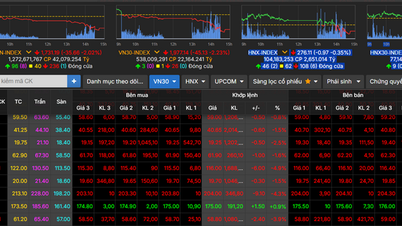
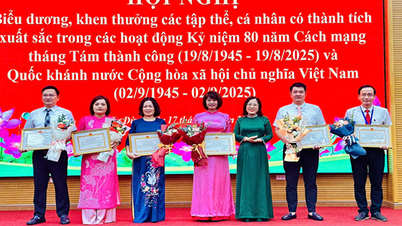







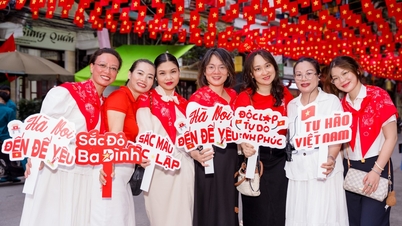





![[Photo] Nhan Dan Newspaper launches “Fatherland in the Heart: The Concert Film”](https://vphoto.vietnam.vn/thumb/1200x675/vietnam/resource/IMAGE/2025/10/16/1760622132545_thiet-ke-chua-co-ten-36-png.webp)






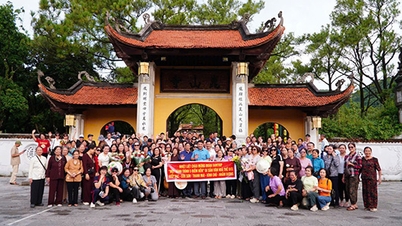




































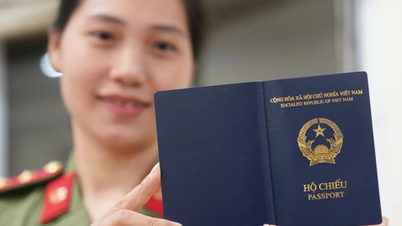







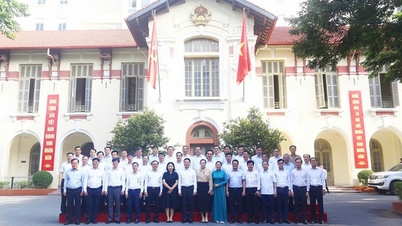

























Comment (0)